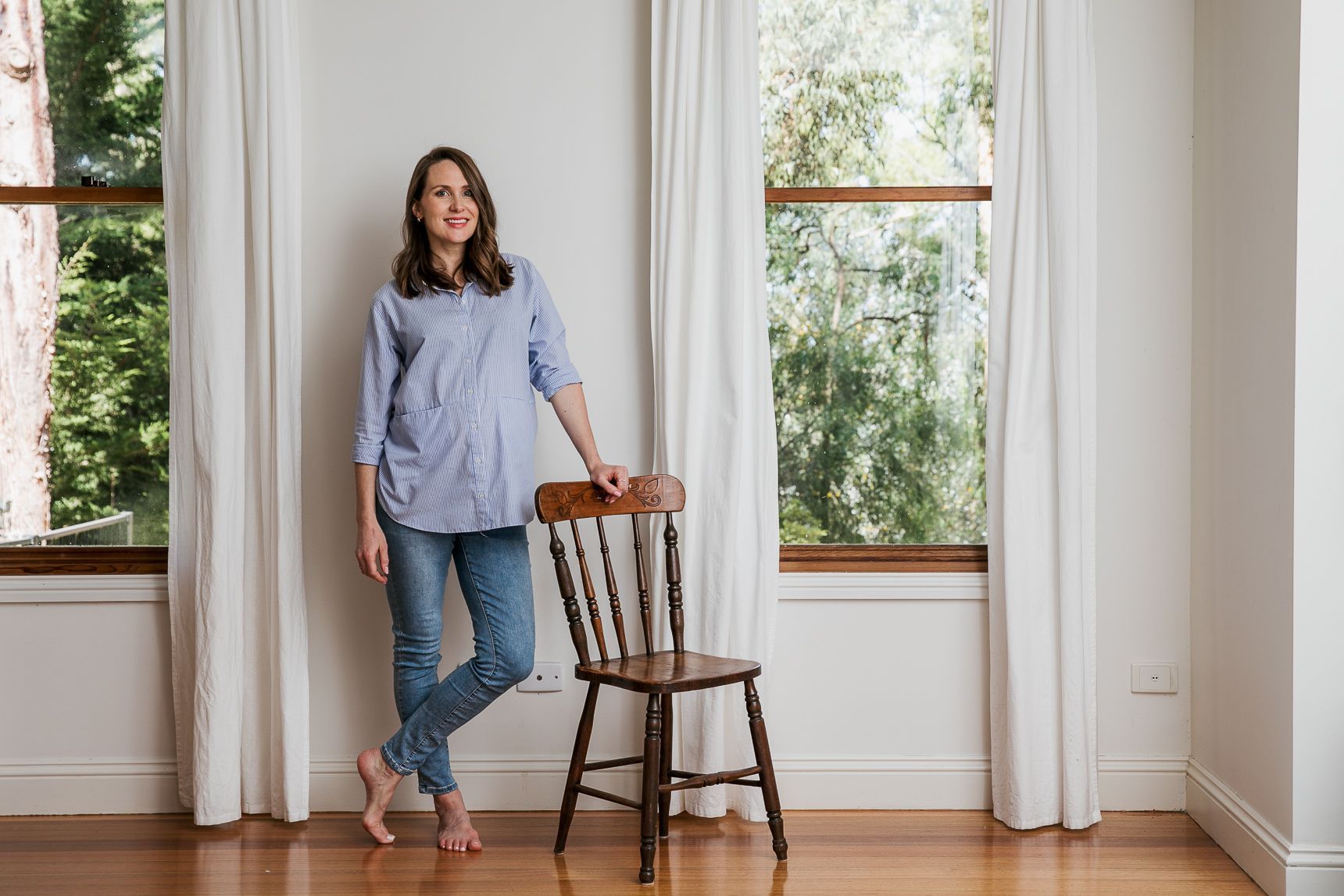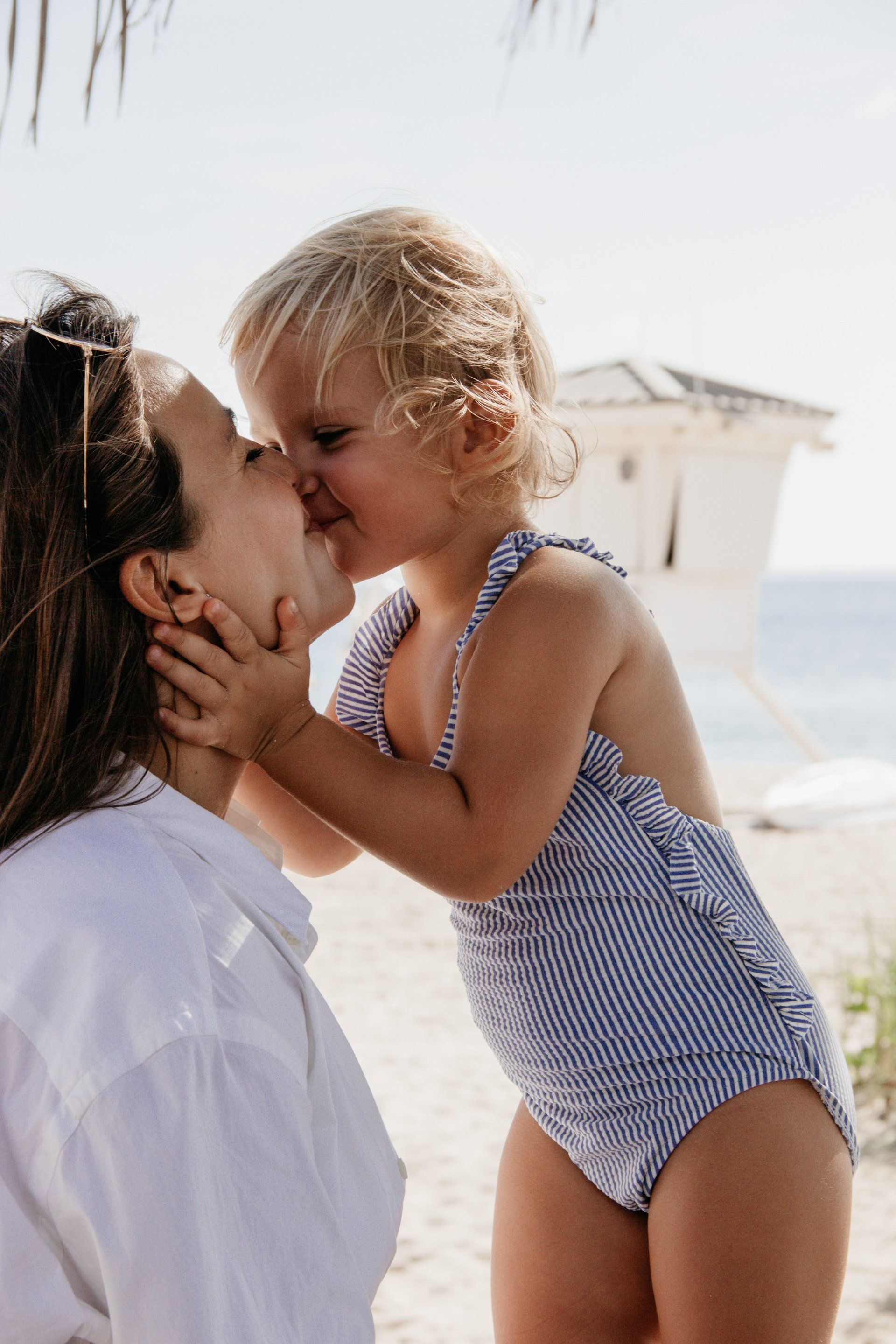So let’s start now.
Here are simple steps to buy less and reduce your carbon footprint:
1. Know what sparks joy for you.
Everywhere we turn there someone is trying to sell us something to fix a problem we didn’t know we had. Last year Facebook made $16.6 billion
through adds. Targeted advertising algorithms are improved daily. If you don’t know what products make you happy, google will tell you.
A strong understanding of what you feel good wearing, and what products work for your lifestyle, helps to keep you true to yourself; not to be swayed by advertising. Get clear on your values, stay honest and say no to anything that doesn’t align to that.
2. Understand when you are being sold to.
We are creatures of comfort, and wonderful at convincing ourselves (and others) that we are desperately in need of more. A new contraption to make life easier, (because it was so hard before). A new product to make us prettier, smarter, stronger or more efficient. Everything from study journals to lightweight socks are marketed to us; with clever advertising telling us that what we have now is not good enough.
Before purchasing the latest technology or the newest model, ask yourself, do I truly need this or am I being sold a need that I don’t have?












